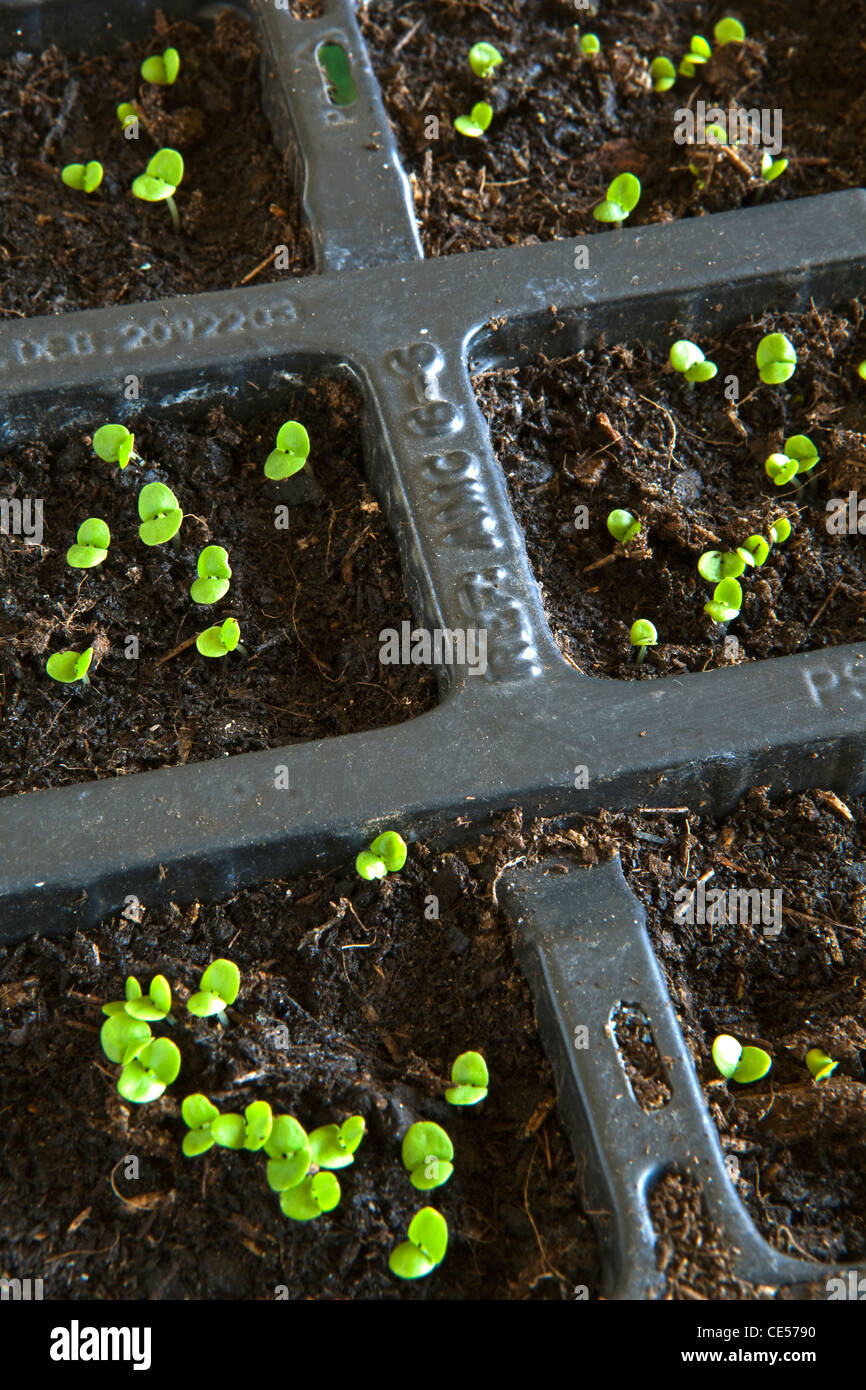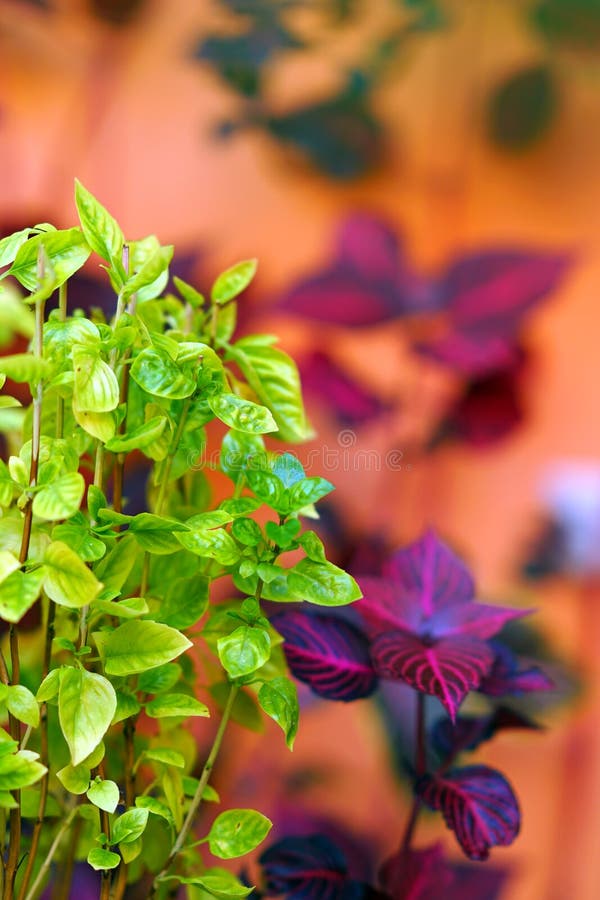
This should deter primary basil pests and their egg laying.Īs for the ant problem? Keep strong-smelling herbs nearby.ĭevoted herb grower Andrea Ballanti from Your Indoor Herbs and Garden explains, “pungent aromas like mint and rosemary repels ants by masking the scent trail they release to trace food (basil leaves).” 5. Solutionĭirectly spray pests and both leaf sides with neem oil (I use and recommend this one) or a solution of water mixed with 8 drops of dish soap. What’s more, aphid activity often attracts destructive ants which are lured in by the sticky honeydew substance left behind.Ĭheck routinely for aphid eggs (tiny spherical white/brown/yellow bean shapes on leaf undersides and the soil).


Leaf undersides can be home to green aphids that suck the sap, causing leaves to pucker and curl inwards.

Remember to increase watering frequency to prevent dehydration during heatwaves. Prune back damaged leaves, and cover plant with an upturned crate/box to protect against late spring frosts, or consider placing a heat pad (a seedling heat mat is idea) under indoor basil to regulate temperatures. Temperature Issuesīasil is native to India, so daytime temperatures outside of its ideal range of 72-82☏ can cause not only curled leaf edges but plant death due to scorch or frost damage.Īccording to studies, ensuring night temperatures remain between 64 and 71☏ is equally important, not only in preventing leaf curl but in helping the plant preserve maximum flavor and aroma. Grow indoor basil directly in a sunny south-facing windowsill, supplementing with two hours under grow lights (I recommend these free-standing, programmable lights).Īlso, give indoor plants a quarter-turn every three days to promote balanced growth. Observe the sun patterns in your garden and plant (or place potted) basil accordingly, ensuring it receives partial shade. With indoor-grown basil, you’ll spot similar symptoms, accompanied by smaller leaves and leggy stems. Outdoors, basil prefers 6-8 hours of daily sunlight – exposure to anything outside this sweet spot causes the leaf edges and tips to curl and droop or scorch. Provide garden-planted basil with one deep watering of 1 inch a week, and water indoor/potted basil every 1-3 days, watering twice daily in very hot summers.įor extra guidance, read through our Complete Basil Watering Guide. Monitor the soil daily, ensuring moist – not soggy – conditions. On the flip side, overwatering causes lower leaf curling as a result of waterlogged soil choking and eventually rotting the roots. Watering IssuesĪs a soft-stemmed plant, basil has low turgor pressure (the force exerted by water in plant cells to give them a sturdy structure), so without enough water to support the tissue, basil leaves wrinkle and curl. Improper conditions and sneaky bug infestations can weaken and wither your basil leaves if left unchecked, which can lead to an inedible (or dying) plant if neglect allows disease to take hold. Reasons for Curling Leaves in Basil Plants
#Basil seedlings clump together pro#
We’ll also share pro tips and explain other common basil leaf issues. Let’s dive into 8 causes behind curling leaves and their solutions. There are quite a few offenders at the root of basil leaf curling that can make care overwhelming, but once you know what to spot and have the plant’s basic needs covered, things get easier (we promise!).

Fungal disease and sap-sucking pests like thrips and aphids also weaken and warp the foliage structure. Why are my basil leaves curling? Basil leaves curl in response to environmental stressors such as imbalanced watering, poor soil, improper lighting, and temperature fluctuations which shock and distort its growth. However, this herb can easily run into health issues if you take your eye off the ball, and a common headache is when those large, glossy leaves start to curl. As fast-growing plants with much potential (salads, pizza toppings, and tea flavoring!), basil should be a joy to grow.


 0 kommentar(er)
0 kommentar(er)
